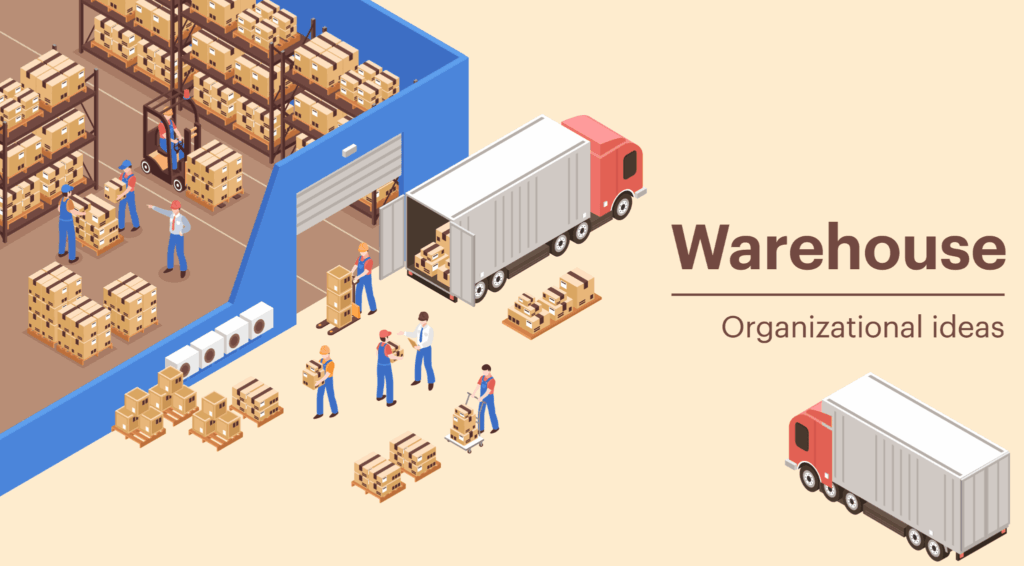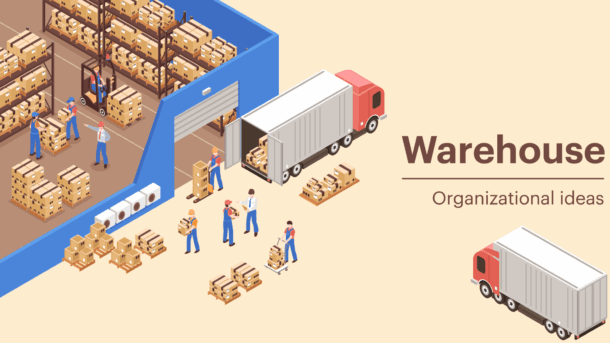Your warehouse is more than just storage space – it’s the core engine of your supply chain.

Why Your Warehouse Type Directly Affects Profits
Warehouses are by no means one-size-fits-all. Choosing the right type ensures faster deliveries, lower costs and happier customers. Here’s a quick overview of common warehouse types:
- Distribution Centers: Serve as hubs for the rapid delivery of goods to retailers or customers. Ideal for high-demand goods and usually operated by a third-party logistics (3PL) provider.
- Climate-Controlled Warehouses: Critical for perishables (food, pharmaceuticals) to prevent spoilage. They monitor temperature and humidity around the clock.
- Bonded Warehouses: Store imported goods duty-free until release. Managed by Customs, they allow for a delay of up to five years in the payment of duties.
- Cross-Docking Facilities: Cargo moves directly from inbound trucks to outbound trucks with virtually zero storage time. Dramatically cuts costs and speeds up deliveries.
- Smart Warehouses: Utilizes artificial intelligence, robotics and data analytics to achieve 300+ picks per hour with near-zero error rates.
Table: Warehouse Types at a Glance
| Type | Best For | Key Benefit |
|---|---|---|
| Distribution Center | Retailers, e-commerce | Fast product turnover |
| Climate-Controlled | Food, pharma, cosmetics | Prevents spoilage |
| Bonded | Import/export businesses | Defers customs duties |
| Cross-Docking | High-volume logistics | Reduces storage time & costs |
| Smart Warehouse | Scalable tech-first operations | 99.9% picking accuracy |
Choosing Your Warehouse: 4 Practical Steps
Step 1: Assess your needs
Ask yourself: do you handle temperature-sensitive cargo? Hazardous materials? High return volumes? Your type of product determines the type of warehouse you have. For example, pharmaceuticals require temperature control, while e-commerce thrives in distribution centers.
Step 2: Prioritize Location and Scalability
Warehouses that are close to ports or highways reduce transit times and costs. For example, a coastal location optimizes transportation efficiency. Ensure that it is scalable during peak seasons – shared or public warehouses offer flexibility without long-term leases.
Step 3: Check the key hardware
- Floor: Epoxy coated floor reduces dust and is easy to clean.
- Height: High ceilings (8+ meters) support vertical storage systems.
- Loading and unloading area: Choose a circular or double-sided loading platform to speed up shipment.
- IT infrastructure: Dual-line Internet (e.g., telecom + Unicom) to prevent system downtime.
Step 4: Get Smart
Self-operated warehouses provide control but are more costly. Public/cooperative warehouses reduce expenses by sharing space and personnel. For example, in Beijing, shared facilities cost 0.7 RMB per square meter per day, compared to 1.2 RMB for self-owned space.
5 Game-Changing Warehouse Management Strategies
1.Adopt a Warehouse Management System (WMS)
Warehouse Management Systems (WMS) automate inventory tracking, order processing and data reporting. Integration with tools such as RFID or barcode scanners can reduce errors by up to 95%.
Recommendation for Action: Use a cloud-based WMS to get real-time updates from any device.
2.Automation for Speed
Deploy automated guided transport vehicles (AGVs) and robotic arms for picking, sorting and stacking. This frees up employees to handle complex tasks and increases output by 50%.
3.Implementation of 5S management framework
- Sort: Remove clutter (e.g. expired stock, damaged tools).
- Set: Mark areas and store frequently picked items at waist height.
- Shine: Deep clean floors/shelves daily.
- Standardize: Document workflow (e.g., receiving → storage → picking).
- Sustain: Weekly audits to maintain standards.
4.Forecasting with Artificial Intelligence
Artificial Intelligence-driven analytics can predict peaks in demand, optimize shift scheduling, and even anticipate equipment failures-reducing downtime by up to 30%.
5.Ongoing Training
Cross-train employees on technology tools (such as wearable scanners) and safety protocols. A well-trained team improves compliance and reduces incidents.
CORE POINTS
A strategic warehouse is not an expense-it’s your competitive advantage. Match warehouse types to products, scale wisely, and leverage the power of automation. The result? Faster deliveries, lower costs, and a supply chain that outperforms the competition.
“The best warehouse isn’t the one with the most square footage-it’s the one that converts inventory into revenue the fastest.”



